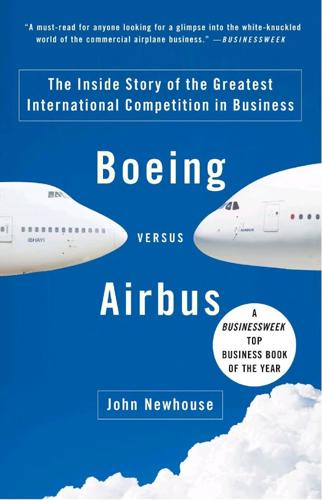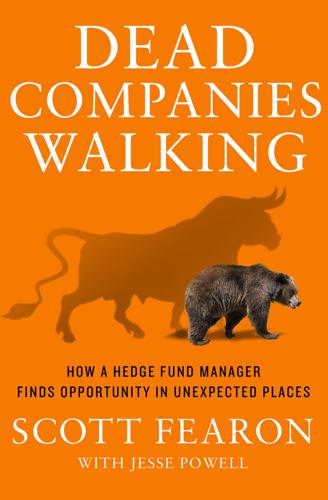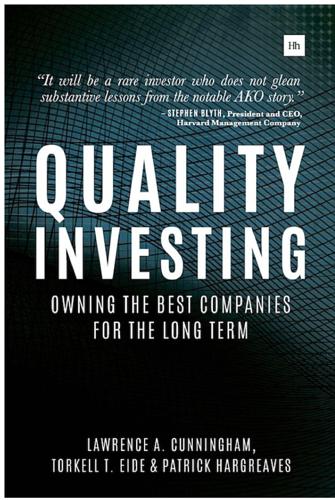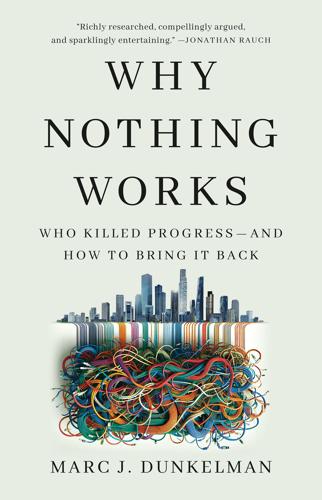legacy carrier
description: American airline that had established interstate routes prior to the Airline Deregulation Act of 1978
9 results

Boeing Versus Airbus: The Inside Story of the Greatest International Competition in Business
by
John Newhouse
Published 16 Jan 2007
During the worst downturn in the U.S. airline industry’s history, legacy carriers were pressed hard by pilots to award or sustain contracts that were probably not sustainable. These contracts could hasten the collapse of some carriers, and the jobs from which so many of their pilots have prospered. Relations between the senior management of legacy carriers and the pilots’ union—the Air Line Pilots Association (known as ALPA)—have worsened since deregulation. Some industry analysts argue that the pilots are largely to blame. Oddly, the salaries of those who fly for the legacy carriers, besides being too high, are based on the size—actually, the weight—of the aircraft they fly.
…
Over the next four years U.S. airlines cut capital spending by 62 percent while taking on $16 billion of new debt to cover losses.12 Since 2000, the legacy carriers have eliminated more than one hundred cities from their schedules, although regional airlines now operate many of the routes. The ripple effect of serious and concurrent adversity cut a wide swath. According to Louis Miller, executive director of the Tampa International Airport (which is probably as well organized and designed as any airport anywhere), “The financial instability of the six legacy carriers represents the single biggest problem for airports. The airports get no public money and are fully self-supporting.
…
“Maybe they will get more real,” said JetBlue’s David Neeleman.21 Getting more real, however, would mean matching Delta’s much lower, much simpler fare structure with an equally radical new approach to paring costs; but even with their survival at stake, the legacy carriers probably won’t shrink their cost structure enough—enough, that is, to allow them to adopt the low-cost model and compete on even terms with LCCs. Within three years or so of 9/11, airline load factors had reached an all-time high and yet these companies were in a financial free fall. It’s probably only a matter of time before some or all of the six legacy carriers make their exit. Whether any of them can survive will depend on events. One or more of them might find solid ground by upgrading service, improving on-time performance, and, in the bargain, gaining major concessions from the unions.

Dead Companies Walking
by
Scott Fearon
Published 10 Nov 2014
He leaned forward and put both elbows on his desk. “Here’s the thing. Before we went Chapter 11, Continental was the f***ing ham in the f***ing ham sandwich.” “Excuse me?” Lorenzo laid one hand on top of another. “Here’s a sandwich, okay? Only it’s not a sandwich. It’s the airline industry. The top slice of bread is the legacy carriers, American, United, Pan Am, those guys. Now, everybody knows their prices are outrageous. They’re way, way overpriced because they’ve got high labor costs. But they get away with it because business travelers use them. They’re flying on a corporate expense account, so they don’t give a damn what a ticket costs.
…
As he himself pointed out, Southwest had permanently changed the airline business with its discount model. There was no getting around that. Lorenzo knew that Continental had to reinvent itself to stay alive. His methods were drastic. But they were necessary. And just as he predicted that summer afternoon in his office, the other legacy carriers have been forced to adopt them. In the thirty years since Lorenzo willingly took Continental into bankruptcy, every single major US airline except Southwest has filed for bankruptcy at least once. Some, like Continental and United, have even filed multiple times. Notes *Aaron Sankin, “How Blockbuster Almost Beat Netflix,” Daily Finance, November 14, 2014.

Quality Investing: Owning the Best Companies for the Long Term
by
Torkell T. Eide
,
Lawrence A. Cunningham
and
Patrick Hargreaves
Published 5 Jan 2016
Of late it has used the profitability and leanness of its cost-consciousness to obtain aircraft acquisition financing at vastly lower rates than rivals, who must pay more due to costly structural burdens such as pension benefits. Similarly, Ryanair has begun to encroach into primary airports and business travel, to an extent replacing Europe’s retrenching legacy carriers. Ryanair’s cultural embrace of low-cost operation yields margins and returns on capital unrivalled in the industry. It boasts steady and substantial earnings growth with earnings tripling over the past decade. Banks: A few hidden low-cost winners The banking sector is not generally a rich mine of quality businesses, but there may be a few hidden low-cost winners in the mix.

The Virgin Way: Everything I Know About Leadership
by
Richard Branson
Published 8 Sep 2014
As with John in Australia three years earlier, Craig’s hiring may have been a surprise to a few people who had thought Steve Ridgway’s successor (Steve had been Virgin Atlantic’s CEO for twelve years) was probably going to come from within the airline. Again, though, like in Australia, we opted to take someone from a big legacy carrier – it wasn’t the first time we went fishing at American, having hired David Cush from there to head up Virgin America some years earlier. From the get-go I was impressed with Craig’s easy-going manner and one part of his CV also jumped off the page: his role at American several years earlier in London had included putting together American Airlines’ big alliance with British Airways.

Cockpit Confidential: Everything You Need to Know About Air Travel: Questions, Answers, and Reflections
by
Patrick Smith
Published 6 May 2013
No amount of attrition, expansion, or even the impending wave of retirements you sometimes hear about will come close to depleting this supply. At the regionals it’s a different story. Tenure at a regional was once assumed to be temporary. It was a job one took before—fingers crossed—moving on to a more lucrative slot with a legacy carrier. This progression was never guaranteed, but if nothing else, it served as a carrot that kept a supply of young, talented, and highly motivated pilots moving through the ranks. That was then. The regional sector is much, much larger than it used to be, and hiring by the majors has slowed to a trickle.

Why Nothing Works: Who Killed Progress--And How to Bring It Back
by
Marc J Dunkelman
Published 17 Feb 2025
With that, Washington edged its way (mostly) out of the marketplace.9 In the decades that followed, progressives would quietly debate among themselves whether airline deregulation worked—whether, in fact, the public would have been better served by reforming rather than eviscerating the CAB. Over time, as upstart competitors began to serve the routes the legacy carriers had once dominated and unionized employee benefits were pared down to be much less generous, some began to wax poetic for the old regime. A quarter century after the fact, several carriers that had once provided their employees with “defined benefit” pension plans—guaranteed payments over the course of a retiree’s life—abandoned them in the course of bankruptcy proceedings, costing both beneficiaries and taxpayers, who were compelled to cover a portion of the difference.10 The irony that Ted Kennedy, a figure who would long enjoy a reputation as one of organized labor’s greatest champions in Washington, had prompted the underlying shift would largely be overlooked.

Hedge Fund Market Wizards
by
Jack D. Schwager
Published 24 Apr 2012
It is a controversial call, but that is how you make money when you are right. My view is that the lack of profitability in airlines has its origins back in the days when airlines were regulated. Regulation fostered the proliferation of airlines because prices were protected, and it also resulted in very high cost structures. When the airlines were deregulated, the legacy carriers, who had very high cost structures, had to compete with newcomers, such as Southwest Airlines, who had a much lower cost structure because they had not been exposed to years and years of a pricing umbrella, which encouraged inefficiency. Two things happened that changed the investment outlook for airlines.

Capitalism and Its Critics: A History: From the Industrial Revolution to AI
by
John Cassidy
Published 12 May 2025
In 1978, he helped shepherd through Congress the Airline Deregulation Act, which eliminated the federal government’s authority to set fares and made it easier for new entrants to fly routes dominated by the big carriers. These reforms revolutionized the airline industry, opening the way to an era of cheaper fares, discount airlines, crowded planes, and wage cuts for workers at legacy carriers. The philosophy behind airline deregulation was encapsulated in a remark of Breyer’s: “Why regulate something if it can be done better by the market?”42 After this market-friendly philosophy was applied to the airline industry, administrations of both parties would gradually extend it to many other industries, including telecommunications, power generation, and finance—all of which had been heavily regulated during the postwar decades.

Palo Alto: A History of California, Capitalism, and the World
by
Malcolm Harris
Published 14 Feb 2023
Despite its overwhelming control of the contracting process, Amazon considered but declined to require on-road training for its drivers, finding it would be a “bottleneck” for getting new workers on the road. “Amazon officials have ignored or overlooked signs that the company was overloading its fast-growing delivery network while eschewing the expansive sort of training and oversight provided by a legacy carrier like UPS,” Callahan’s team found.43 One early casualty of Amazon’s delivery system was Joy Covey, the firm’s first chief financial officer, who was killed in 2013 when one of the company’s contracted drivers collided with her bicycle on the South Bay’s Skyline Boulevard. Bezos personally eulogized Covey at her memorial, and then pushed ahead with Dragon Boat.